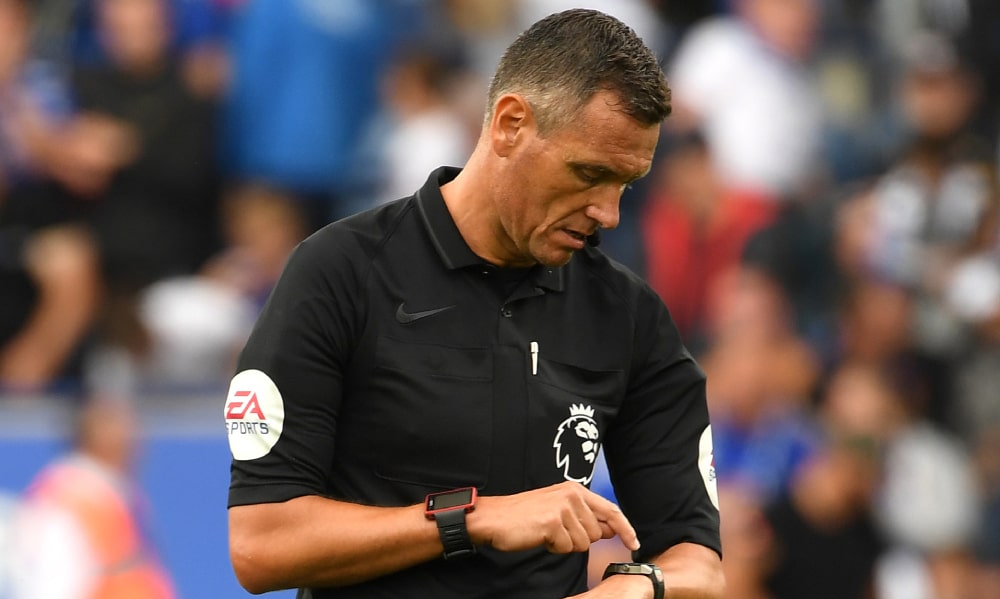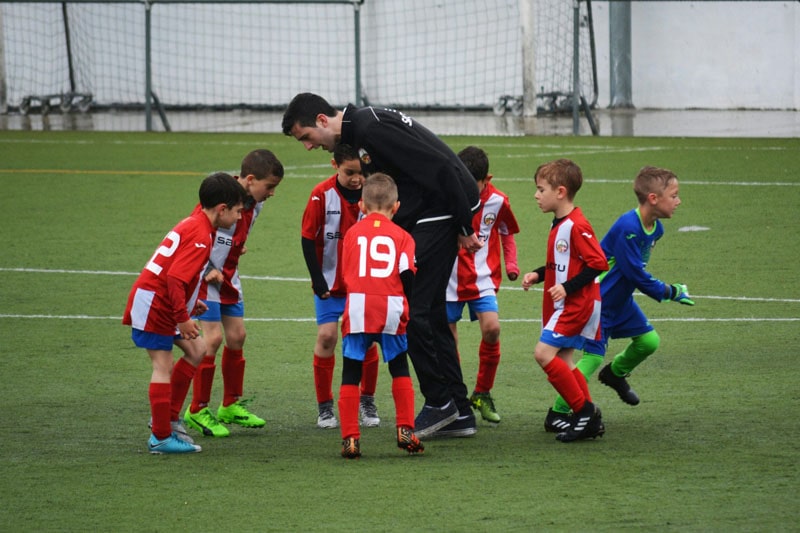Soccer, called football in most of the world, is the most popular sport. It has millions of fans who play and watch it. Soccer is unique for its timing structure. It varies by match type and competition level. Understanding how long a soccer game is essential for players, coaches, and fans alike. This article explores how long is a soccer game. It covers regulation time, additional time, extra time, and league and competition variations.
Regulation Game Time
A standard soccer game has two 45-minute halves, making the total regulation game time 90 minutes. This structure is the same for most pro and international matches, including those governed by FIFA, the sport’s global governing body. The clock runs continuously during each half. There are no timeouts or stoppages in play, unlike in some other sports. The referee must keep the official time. He can add stoppage time at each half’s end for delays like injuries and substitutions.

Halftime and Stoppage Time
At the end of the first half, players are given a 15-minute halftime break. This break lets players rest, rehydrate, and get instructions from their coaches. The halftime break has a fixed duration. It does not change by competition or league.
In addition to halftime, stoppage time, or injury time, is added at the end of each half to compensate for interruptions during the game. These interruptions may include injuries, substitutions, and other delays that temporarily stop play. These interruptions can affect how long is a soccer game. The referee sets the stoppage time. It is usually announced just before the end of the 45-minute period. Stoppage time usually lasts one to five minutes. It can be longer for major interruptions in the half.
Extra Time in Knockout Stages
In knockout-stage matches, a winner must be decided. So, the game may go beyond the regular 90 minutes. This extra time affects how long a soccer game can last. If the match is tied at the end of regulation, it usually goes to extra time. Extra time consists of two 15-minute halves, with a brief break in between, but not as long as the halftime break. Unlike regular play, the clock is paused for some interruptions, like serious injuries. But, there is no stoppage time added at the end of each half of extra time.
During extra time, teams strive to break the deadlock and win the match. If one team scores more goals than the other during this period, they are declared the winners. If the game is still tied after extra time, it goes to a penalty shootout to determine the winner.
Penalty Shootouts
If a knockout match is tied after extra time, a penalty shootout will decide the winner. This dramatic conclusion involves each team selecting five players. They will take penalty kicks from a spot 12 yards from the goal. The teams take turns to shoot. The team with the most successful penalty kicks out of five wins.

If the score is still tied after five penalty kicks per team, the shootout goes to sudden death. In this format, teams take one penalty kick each. They continue until one team scores and the other does not. This decides the winner. Penalty shootouts test the nerves and skills of players and goalkeepers. They often create memorable, tense moments in soccer history.
Variations in Different Leagues and Competitions
Most leagues have the same soccer game length. But, some rules vary by competition. Some tournaments may use a “golden goal” rule in extra time. The first team to score wins the match. This rule is now rare in modern play.
Different leagues may have specific rules on stoppage time, extra time, and penalty shootouts. For example, Major League Soccer (MLS) in the US used a “shootout” system to resolve tied regular-season games. This has since been abandoned in favor of traditional penalty shootouts in the playoffs.
Also, some competitions, like the EFL Cup, allow extra time in earlier rounds. But, they may skip to penalty shootouts in later stages to end matches quickly. These variations are usually in the competition’s rules. They can affect how long a soccer game lasts in different contexts.
Youth and Amateur Game Durations
In youth and amateur soccer, game lengths often vary. This is to suit the players’ age and skill levels. For younger players, matches are shorter. This keeps them engaged and suits their abilities.
- Under-6 and Under-8: Games often consist of two 15- to 20-minute halves.
- Under-10 and Under-12: Matches generally have two 25- to 30-minute halves.
- Under-14 and Under-16: These games usually feature two 35- to 40-minute halves.

In amateur leagues, match length can vary by local rules. But, they often follow a standard 90-minute structure with adjustments for extra time and penalties, as needed.
These changes keep the game fun for all ages and skills. They also provide a fair, competitive setting.
Impact of Weather and Other Factors
Weather conditions and other external factors can also influence the duration of a soccer game. Bad weather, like heavy rain, snow, or extreme heat, can stop or postpone play.
- Rain and Snow: Heavy rain can make the pitch slippery and unsafe. It may cause delays or a temporary halt in play. Referees check the conditions for player safety. They may add stoppage time for any delays.
- Heat: Extreme heat may require extra breaks for hydration, especially in high temperatures. Some leagues have implemented mandatory water breaks to manage heat-related risks.
- Field Conditions: Poor pitch conditions, such as a muddy or uneven surface, can also cause interruptions.
In addition to weather, other factors like power outages or crowd disturbances can impact game duration. Referees can add stoppage time or suspend the game to address these issues. The primary focus is always on maintaining the safety and fairness of the match.
Conclusion
Understanding how long is a soccer game lasts. Involves more than just knowing the basic 90 minutes of regulation time. The game’s total duration has several factors. They include the structure, halftime, and stoppage time. It also includes potential extensions like extra time and penalty shootouts. Different leagues and competitions have varying rules. This adds complexity. Youth and amateur games often adapt the format to suit players’ needs.
Weather and other factors can affect a game’s length. This shows the need for flexibility in soccer. Whether you’re a player, coach, or fan, these details matter. They enhance your appreciation of the sport and help you understand each match’s dynamics.







